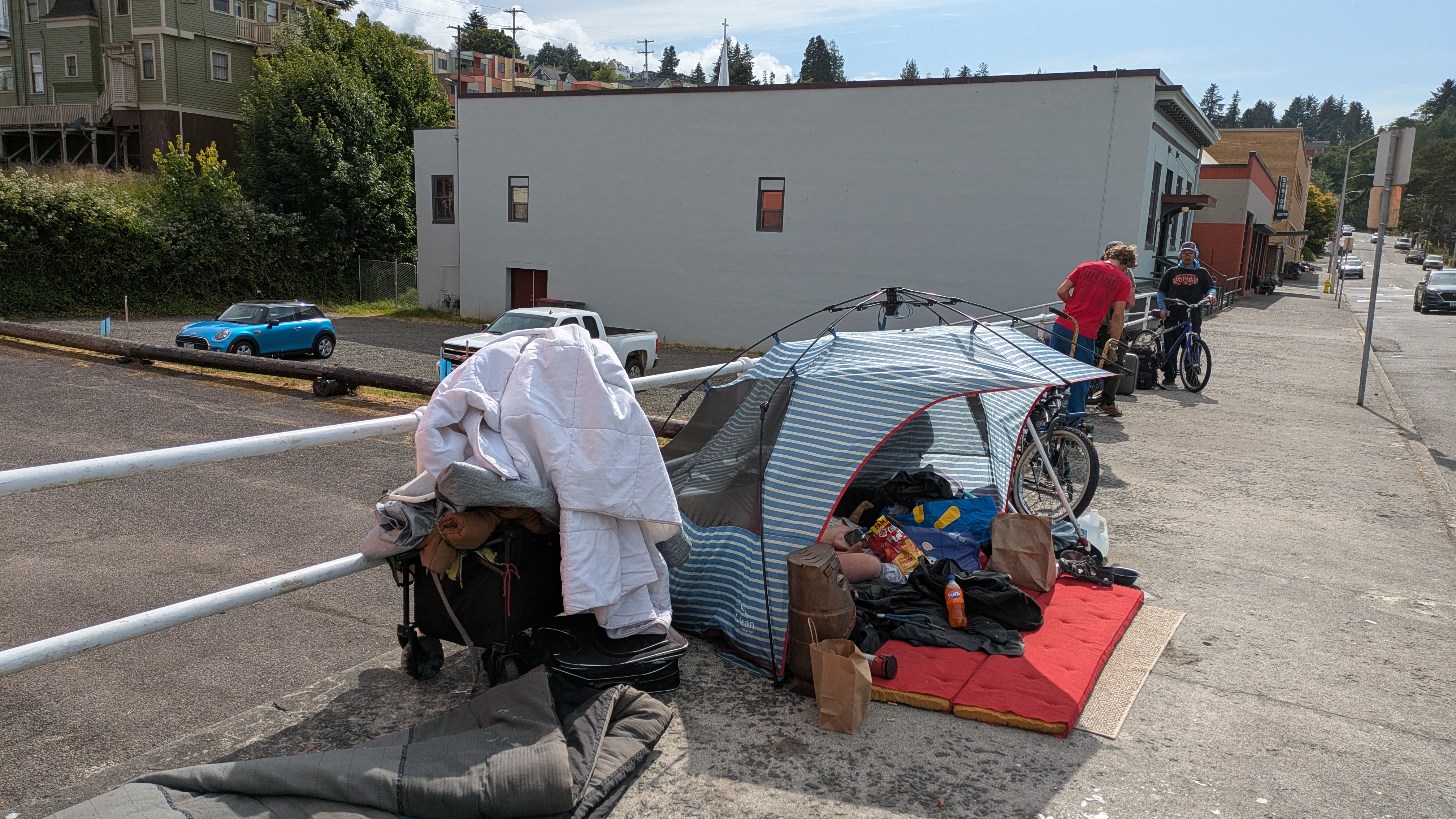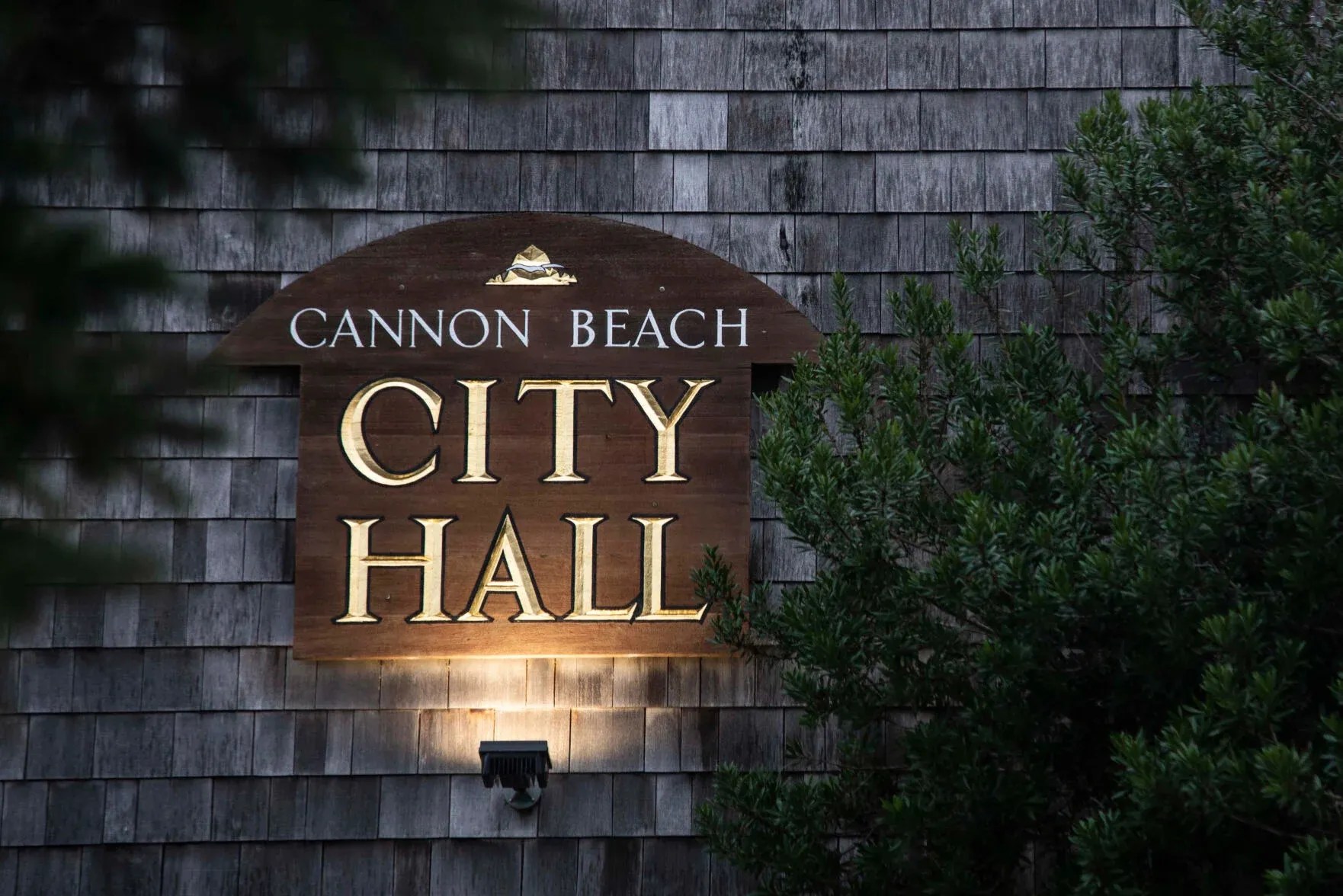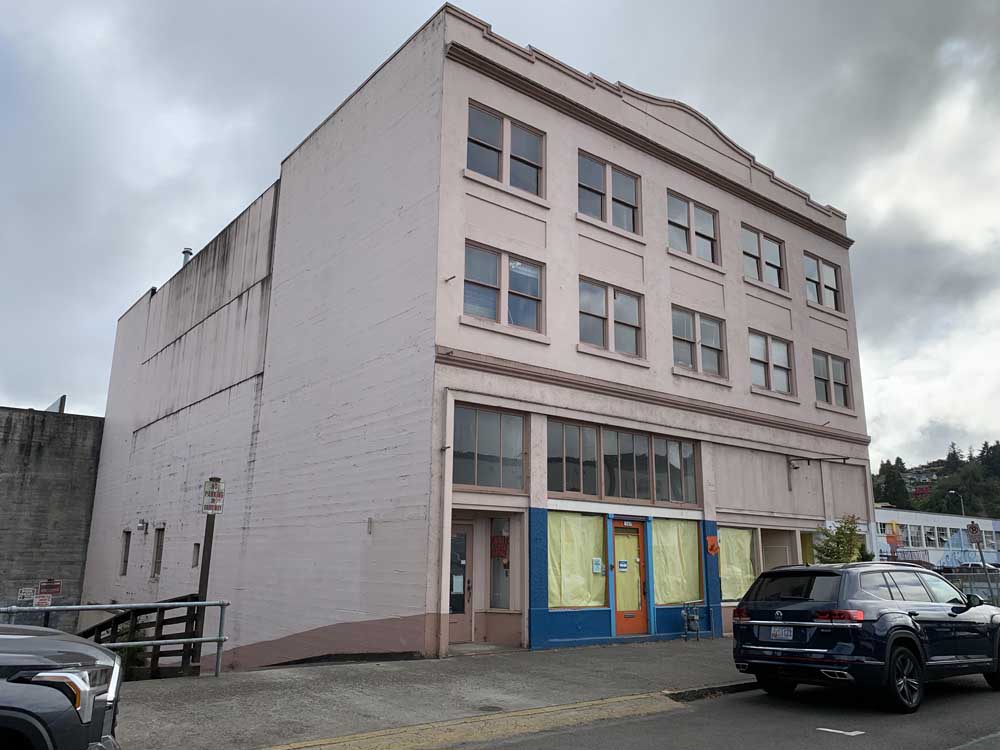Bradwood LNG site clears first federal hurdle
Published 5:00 pm Sunday, June 18, 2006
The U.S. Federal Energy Regulatory Commission has formally accepted Northern Star Natural Gas’ application to build a liquefied natural gas terminal on the Columbia River at Bradwood, launching a three-week period for citizens to file in protest or as official stakeholders in the case.
The commission, which has the ultimate decision on whether to site an LNG terminal almost 40 miles east of Astoria, gave the public notice Friday, roughly one week after the Houston-based company filed applications to build the facility and install a pipeline to deliver the gas.
Northern Star executives referred to the advance as “clearing another major milestone.”
“This action by the federal government marks the next step in bringing a safe, affordable and environmentally superior source of energy to Oregon and Washington,” company president Paul Soanes stated in a news release. “Bradwood Landing means clean and reliable energy, community partnership and jobs in the Pacific Northwest.”
Some community members weren’t as pleased about the progress, and several people have voiced concerns about a lack of transparency in the process for siting LNG facilities.
Northern Star did not provide preliminary filing information to at least one person who requested it, and last week, the U.S. Coast Guard refused to release any part of the project’s Waterway Suitability Assessment, an analysis of whether the 600-foot-wide Columbia River can accommodate LNG tankers while still meeting safety and security regulations. However, the company has posted resource reports containing some of this information online.
“They could and should release those (records) to the public,” said Cheryl Johnson, a member of Columbia RiverVision and an Astoria school librarian who lives near the Bradwood Landing site. Added Johnson in a later e-mail: “I wonder how much safety will be compromised to keep the river open and commerce flowing. We are not an ‘acceptable risk.'”
The federal energy commission mandates a comprehensive process for developing LNG import facilities, where specially designed tankers deliver superchilled LNG, which is then converted back to vaporized gas and distributed through a pipeline.
Four companies are seeking to build LNG terminals on the Columbia River. Two sites are in Warrenton and a thirdat Port Westward. Another company has proposed one for Coos Bay.
At least five groups, in addition to individual people, plan to file as “intervenors” to Northern Star’s Bradwood Landing project, giving them rights to have input in the FERC approval process and to challenge the commission’s final ruling, said Brent Foster of Columbia Riverkeeper, a nonprofit citizens group.
Opponents are concerned not just about the proposed facility, but about the pipeline, which would distribute the terminal’s natural gas to an interstate line north of Kelso, Wash.
“It’s a 3-foot-wide pipeline,” Foster said. “And this is a high-pressure gas pipeline, which is as dangerous as they come.”
The 30-inch- to 36-inch-wide underground pipeline would travel more than 30 miles, at a pressure of 1,300 pounds per square inch.
With the combined size, distance and pressure, “It’s got about an 800-foot blast zone,” Foster said. “If there was a rupture and it ignited, it could affect anything within 800 feet. Yet they can run the thing right through people’s front yards, and they are planning to.”
According to a draft resource report on the Bradwood Landing pipeline, transporting natural gas by pipe involves some hazards, with fire from a rupture and gas release identified as the greatest risk. However, the company report says that the chances of a rupture are low, and construction materials, as well as operating and maintenance practices, decrease that risk.
The issue has spawned a new opposition group, Landowners and Citizens for a Safe Community, which has been meeting in Longview, Wash.
Mostly owners of property that would sit atop the proposed pipeline, the group aims to involve more people and spread information about the Bradwood Landing project, said Sandra Davis, the group’s secretary.
She has heard estimates that more than 200 parcels could be affected by the pipe’s placement. Northern Star sent letters to people on its preferred route, and at first, many of those people allowed biologists and surveyors on their land, Davis said. But many revoked those privileges once they better understood their rights, she said, and when they realized the potential drawbacks.
“It will devalue property, because potential buyers would be concerned about this pipeline, too,” said Davis, although that’s the least of her concerns.
She and her husband already have a 20-inch-wide line on their 116-acre property, on the north side of the Columbia River near Abernathy Creek Road. The existing line isn’t high-pressure, she said, but the high-pressure pipeline in Northern Star’s plan would run perpendicular to the other one, forming a giant, underground T, and climbing a hillside at one point before making a sharp turn.
“Whenever you have a bend in a pipeline, it’s very susceptible to leaks and problems,” Davis said, adding that the gas in these lines would be “very explosive, very volatile.” “What about earthquakes? What about land moving? What about terrorists? We’re all very concerned about our security.”
The federal commission has about four months to prepare a draft study of the facility and pipeline’s environmental impact. It is expected to decide on the application in about 10 months.
To become an intervenor in the Bradwood Landing project, file a motion according to federal requirements with the Federal Energy Regulatory Commission, 888 First St., N.E., Washington, D.C. 20426.
To offer input in support or protest, file one original and two copies of the comments with the Secretary of the Commission.
The deadline is July 6.





